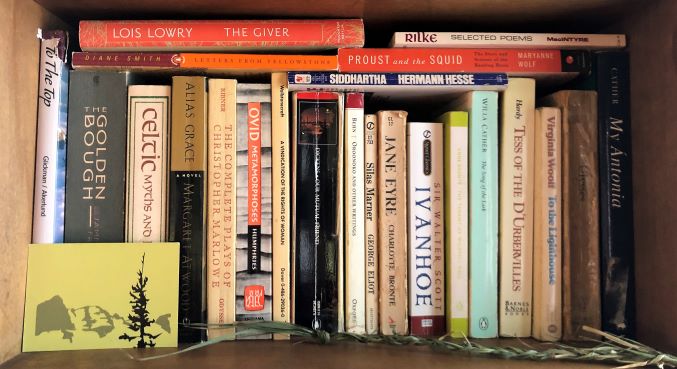After experiencing the tragedies of Boone Caudill and his companion and best friend, Jim Deakins, alongside the level-headed wisdom of Dick Summers in The Big Sky, I eagerly reached for Gutherie’s second novel, The Way West. The Big Sky had certainly impressed me, and I looked forward to reading The Way West, winner of the Pulitzer Prize for Fiction, wondering how Gutherie would continue the story.
A few of my favorite reads…
CONTEMPORARY & CANONICAL ǁ NEW & OLD.
Fiction ※ Poetry ※ Nonfiction ※ Drama
Hi.
Welcome to LitReaderNotes, a book review blog. Find book suggestions, search for insights on a specific book, join a community of readers.




















